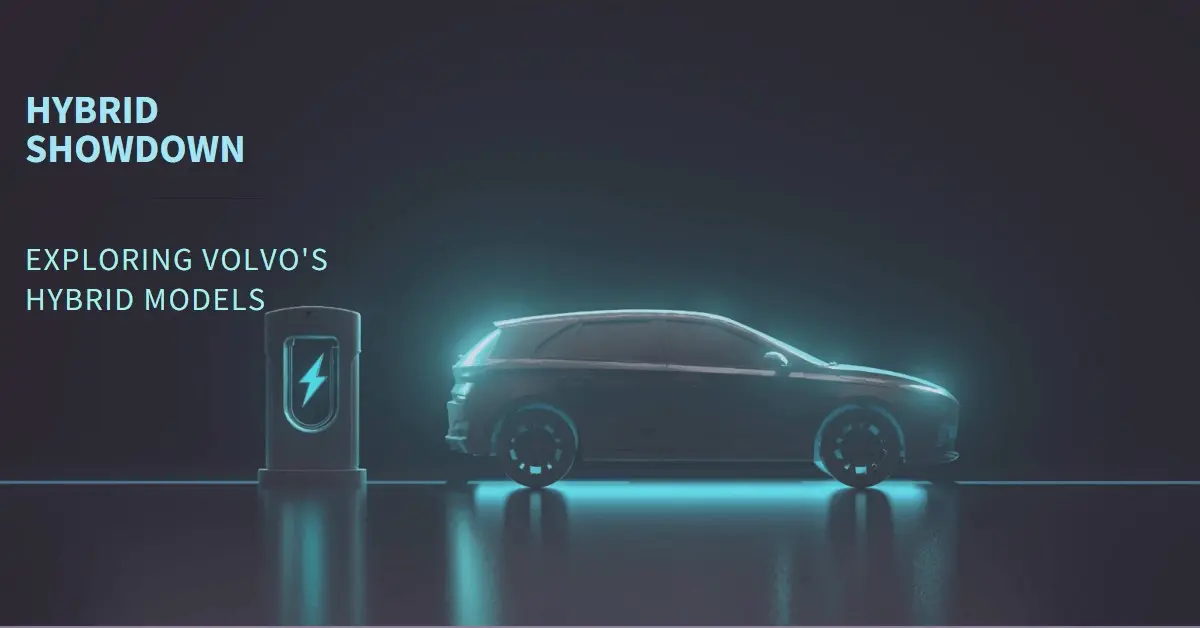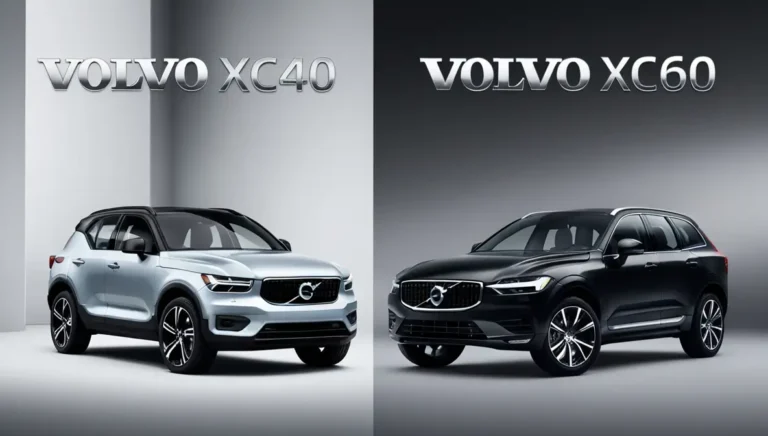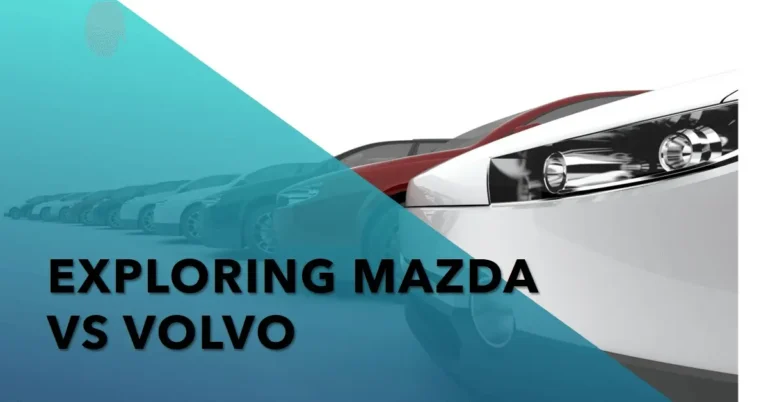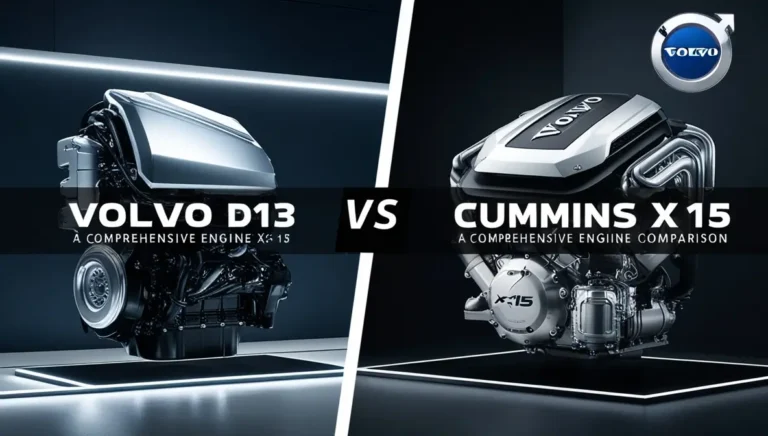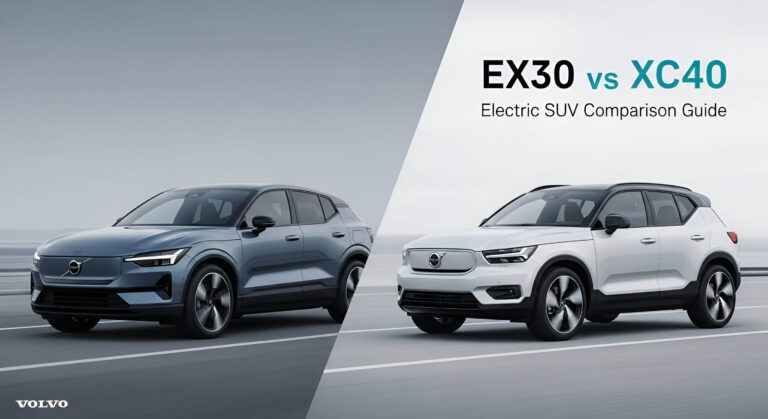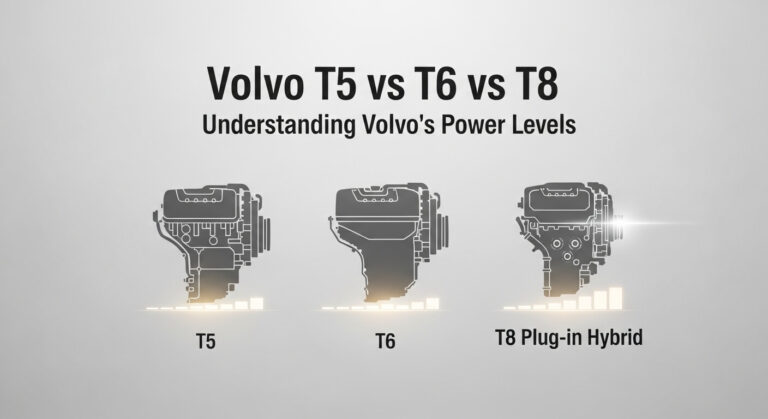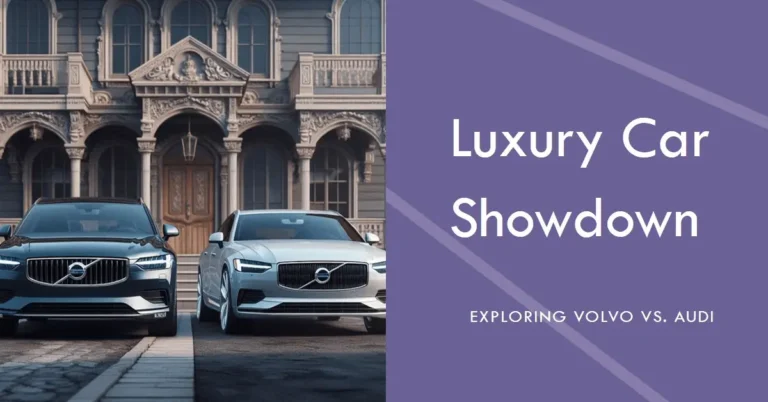Mild Hybrid vs. Full Hybrid: What’s the Difference?
Ever felt like you’re stuck in a game of automotive Jenga, trying to balance your wallet, the environment, and your need for speed? Welcome to the world of hybrid cars! It’s like choosing between a smartphone that can only text (mild hybrid) and one that can stream cat videos all day (full hybrid). But don’t worry; I’m here to help you navigate this electrifying maze without getting your wires crossed.
What’s the big deal about hybrid cars anyway?
Well, imagine if your car had a superhero sidekick – that’s basically what a hybrid is. It’s a vehicle that combines a traditional gas-guzzling engine with an electric motor, working together like peanut butter and jelly to save fuel and make Mother Nature smile. But not all hybrids are created equal. There are different flavors of ice cream and different types of hybrids: mild, full, and plug-in. Today, we will focus on the first two – the mild-mannered Clark Kent and the full-powered Superman of the hybrid world.
Overview of Hybrid Technologies
Let’s start with the basics.
Hybrid cars are like the cool kids of the automotive world – they’ve got the best of both worlds. They combine a regular internal combustion engine (the kind that runs on gasoline and makes that familiar from sound) with an electric motor and battery. It’s like having a backup dancer for your car’s engine, ready to step in and help out when needed.
Now, imagine a spectrum of hybrid technologies. On one end, you’ve got mild hybrids – the shy wallflowers of the hybrid dance. They’re just dipping their toes into the electric pool. On the other end, you’ve got full hybrids – the life of the party, ready to boogie all night on electric power alone. And somewhere in between, you’ll find plug-in hybrids, but we’ll save that conversation for another day.
What Is a Mild Hybrid?
Think of a mild hybrid as that friend who always offers to help but can’t quite lift the heavy stuff. It has good intentions, but it won’t revolutionize your life. A mild hybrid system is like adding a small electric booster pack to a regular car engine. It’s there to lend a hand, but it’s not taking over the show.
How Mild Hybrids Work
Here’s where it gets a bit techy, but I promise to keep it as simple as your grandma’s famous cookie recipe. Mild hybrids have a small electric motor that works alongside the main gas engine. This electric sidekick can’t power the car independently, but it gives the gas engine a little pat on the back when it needs it most, like when accelerating from a stop.
One of the cool tricks up a mild hybrid’s sleeve is regenerative braking. It’s like a magic trick where the car turns the energy from slowing down into electricity. Imagine if every time you hit the brakes, you were charging a tiny battery. That’s essentially what’s happening here. This stored energy can then help the gas engine, saving fuel.
Mild Hybrid Examples
You might bump into some popular mild hybrid models if you’re out car shopping. The Ford Fiesta, for instance, has a mild hybrid version that’s as peppy as its non-hybrid sibling but sips fuel like it’s on a diet. The Kia Sportage and Nissan Qashqai also come in mild hybrid flavors, offering a taste of electrification without going full electric.
Advantages of Mild Hybrids
Now, let’s talk about why you might want to bring a mild hybrid home to meet the parents. First off, they’re the bargain hunters of the hybrid world. Mild hybrids are easier on the wallet upfront than their full hybrid cousins. It’s like getting a sampler platter of hybrid technology without committing to the full buffet.
Efficiency is another feather in the mild hybrid’s cap. These little electric helpers can improve fuel economy by up to 20%. It’s not going to let you drive past gas stations with a smug grin, but it might mean fewer stops to fill up on your road trip.
Lastly, if you’re the type who gets nervous about new tech, mild hybrids are like hybrid training wheels. They offer a gentle introduction to electrification without drastically changing how you drive. It’s still the same old car you know and love, with some extra oomph and efficiency.
Disadvantages of Mild Hybrids
But hold your horses – mild hybrids aren’t all sunshine and rainbows. Their biggest limitation is that they can’t run on electric power alone. It’s like having a loyal sidekick who can never be the superhero. This means you won’t silently cruise through your neighborhood on pure electric power.
Also, while mild hybrids save fuel, they’re not as thrifty as their full hybrid or plug-in hybrid cousins. It’s like switching from regular soda to diet – better, but not as good as going for water. So, if maximum fuel efficiency is your goal, a mild hybrid might leave you wanting more.
What Is a Full Hybrid?
Now, let’s shift gears and talk about full hybrids – the overachievers of the hybrid world. If mild hybrids are like having an electric assistant, full hybrids are like having a co-pilot who can take over flying the plane when needed.
How Full Hybrids Work
Full hybrids are the Swiss Army knives of the car world. They have an electric motor and a gas engine, and here’s the kicker – either one can power the car independently. It’s like having two engines in one car, ready to tag team as needed.
The real magic happens in how these two power sources work together. The electric motor can take over at low speeds or when you’re just cruising along, letting you glide along in silent, fuel-free bliss. When you need more power, like merging onto a highway or climbing a hill, the gas engine kicks in to lend a hand.
But wait, there’s more! Full hybrids are also self-charging. The gas engine acts like a generator, constantly topping up the battery. It’s like having a mobile charging station for your car’s electric system. And just like mild hybrids, full hybrids also use regenerative braking to capture energy that would otherwise be lost.
Full Hybrid Examples
If you’re in the market for a full hybrid, you’ve probably heard of the Toyota Prius – it’s like the poster child of hybrid cars. But there are plenty of other options, too. The Honda Jazz and Hyundai Ioniq are also popular full hybrid models that offer a blend of efficiency and practicality.
Advantages of Full Hybrids
Now, let’s talk about why you might want to go “full hybrid.” First, these cars can operate in full electric mode at lower speeds. Imagine silently cruising through your neighborhood or in stop-and-go traffic without using a drop of gas. It’s like being a ninja on wheels.
Full hybrids also offer greater fuel efficiency than their mild hybrid counterparts. If mild hybrids are like switching to a low-fat diet, full hybrids are like going full vegan – the savings are more substantial.
Another big plus?
No need to plug in. Unlike plug-in hybrids or fully electric vehicles, full hybrids charge themselves as you drive. It’s convenient at its finest – all the benefits of electric driving without the hassle of finding a charging station.
Disadvantages of Full Hybrids
But before you rush out to buy a full hybrid, let’s talk about the downsides. The biggest hurdle for many is the higher upfront cost. Full hybrids are more complex machines, and that complexity comes with a higher price tag. It’s like buying a smartphone instead of a flip phone – you get more features, but you’ll pay more upfront.
While full hybrids shine in city driving, they lose some advantages on long highway journeys. Once the battery is depleted, you drive a heavier, more complex version of a regular car.
Lastly, there’s the potential cost of battery replacement down the road. While hybrid batteries are designed to last many years, they don’t last forever. Replacing one can be pricey, like replacing the engine in a regular car.
Key Differences Between Mild Hybrids and Full Hybrids
Now that we’ve explored both types let’s put them head-to-head. It’s like comparing apples and oranges – they’re both fruit (or, in this case, both hybrids), but they’re quite different in many ways.
Driving Experience
The biggest difference you’ll notice is in how they drive. Mild hybrids feel pretty much like regular cars. The electric assist is subtle – it’s there, but it’s not taking center stage. It’s like having a behind-the-scenes crew, making your drive smoother and more efficient.
On the other hand, full hybrids can give you that “wow” factor of pure electric driving at lower speeds. It’s like having two cars in one – a quiet, efficient electric for city driving and a regular gas-powered car for when you need more oomph. The transitions between electric and gas power in full hybrids are usually smooth, almost unnoticeable. It’s like having a DJ seamlessly mixing tracks at a party.
Cost of Ownership
When it comes to your wallet, there’s a trade-off to consider. Mild hybrids are cheaper to buy initially but won’t save you as much on fuel in the long run. It’s like buying a cheaper coffee maker that uses more expensive coffee pods.
Full hybrids cost more upfront, but they can save you more on fuel over time, especially if you do a lot of city driving. Think of it as investing in a fancy espresso machine – it costs more initially, but you’ll save money on lattes in the long run.
Maintenance is another factor to consider. Mild hybrids are simpler and might be cheaper to maintain, while full hybrids have more complex systems requiring specialized (and potentially more expensive) maintenance.
Environmental Impact
Full hybrids generally have the edge if you’re looking to reduce your carbon footprint. They can operate on electric power alone in certain conditions, which means zero emissions during those times. It’s like being able to switch between a regular car and an electric bike, depending on your needs.
Mild hybrids reduce emissions compared to regular cars, but not as significantly as full hybrids. They’re like switching from regular light bulbs to slightly more efficient ones – better, but not a dramatic change.
Which Hybrid Should You Choose?
Now comes the million-dollar question – which hybrid is right for you? Like choosing between pizza toppings, there’s no one-size-fits-all answer. It depends on your specific needs and preferences.
Urban vs. Long-Distance Driving Needs
A full hybrid might be your best bet if you’re primarily a city driver dealing with lots of stop-and-go traffic. The ability to run on electric power at lower speeds can significantly cut your fuel consumption and emissions. It’s like having a teleporter for short distances – efficient and clean.
A mild hybrid might make more sense for those who do a lot of highway driving. The simpler system is more than adequate for steady-speed cruising, and you won’t be paying for electric capabilities you rarely use. It’s like buying a Swiss Army knife when all you need is a bottle opener – sometimes simpler is better.
Cost Considerations
Your budget is a big factor. A mild hybrid is a way to go if you want to minimize upfront costs. It’s like choosing a starter home – it gets you into the hybrid market without breaking the bank.
Full hybrids require a bigger initial investment, but they offer better long-term savings, especially if you do a lot of city driving. It’s like buying a more expensive, energy-efficient appliance – it costs more now but saves you money on your electric bill over time.
Future of Hybrid Technology
As we wrap up our hybrid journey, let’s gaze into the crystal ball and see what the future might hold. The automotive world is changing faster than teenagers’ social media habits, and hybrids are in the middle of this revolution.
The Rise of Plug-In Hybrids and Full EVs
While we’ve been focusing on mild and full hybrids, another player in town is plug-in hybrids. These are like the overachievers of the hybrid world, offering even more electric-only range than full hybrids. And let’s not forget about fully electric vehicles (EVs), which are gaining popularity faster than a viral cat video.
Government regulations are increasingly pushing for lower emissions, boosting hybrids and EVs. The automotive world is on a collective diet to slim down its carbon footprint.
Will Mild Hybrids Remain Relevant?
With all this change, you might wonder if mild hybrids will stick around. The jury’s still out, but many see mild hybrids as a stepping stone – a way for manufacturers and consumers to dip their toes into electrification without diving in headfirst. They’re like the training wheels of the hybrid world – useful now, but maybe not forever.
As battery technology improves and costs decrease, we might shift towards more full hybrids and EVs. But for now, mild hybrids offer a comfortable middle ground for those not quite ready to go full electric.
In conclusion, whether you choose a mild hybrid or a full hybrid depends on your driving habits, budget, and how green you want to be. It’s like choosing between a bicycle with an electric assist (mild hybrid) and an electric scooter (full hybrid) – both will get you there with less effort than pedaling alone, but in slightly different ways.
Remember, there’s no wrong choice here – any step towards more efficient, cleaner transportation is in the right direction. So whether you go mild or full, pat yourself on the back for joining the hybrid revolution. Now, drive into a greener future – just watch out for those potholes!

